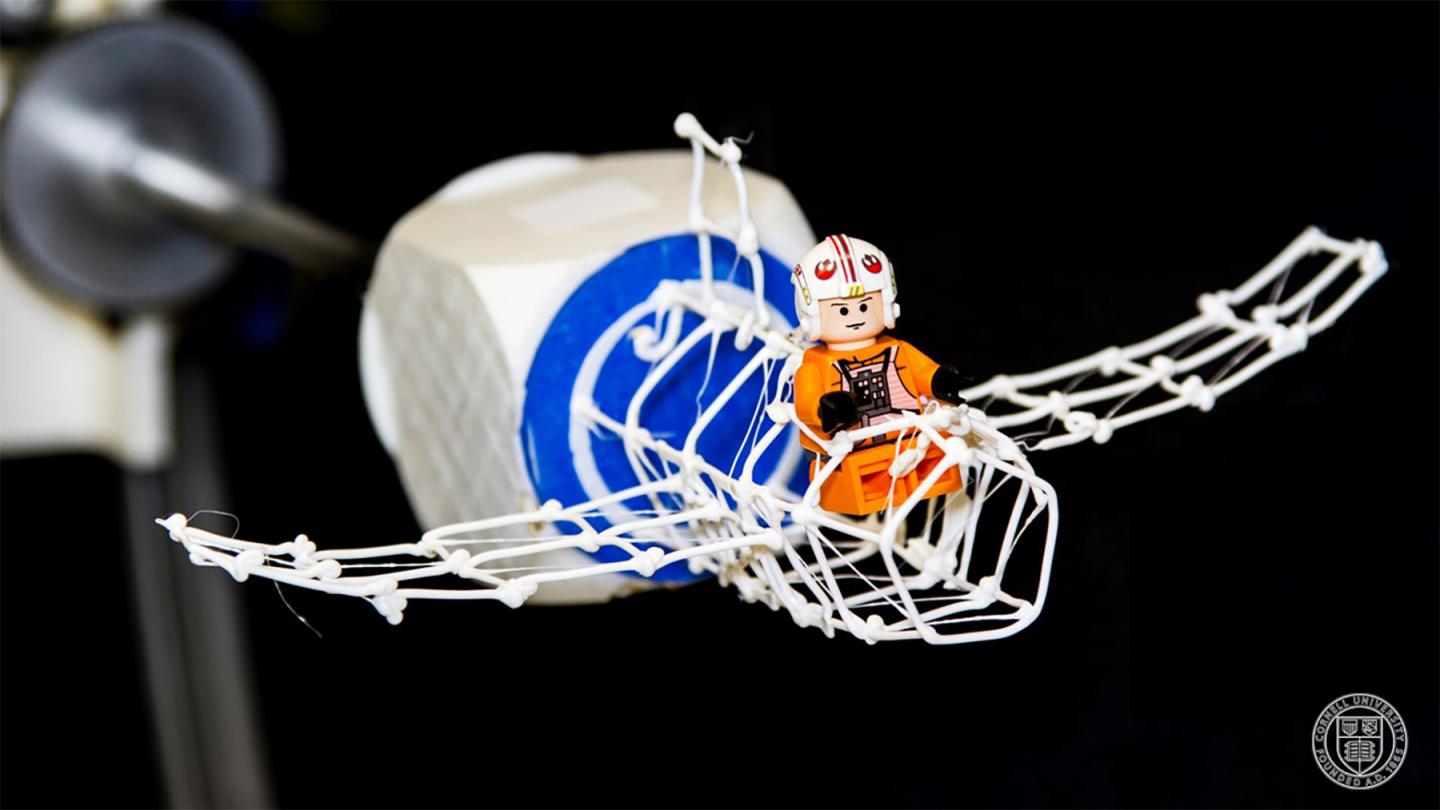
3D Printing System Prints What You’re Designing As You Design It
While 3D printing has allowed engineers and designers to rapidly prototype by creating physical copies of proposed designs, there may even be a better way to create those designs.
Let’s say you’ve printed a physical design but want to make changes to it. With traditional 3D printing you’ll have to start the printing process all over again. Now, researchers from Cornell University have developed an interactive prototyping system that prints what you’re designing as you’re designing it. During the process, a designer can pause to test, measure and make changes that will adjust on the physical model that’s still in the printer..
“We are going from human-computer interaction to human-machine interaction,” said Huaishu Peng, who described the On-the-Fly-Print system in a paper presented at the 2016 ACM Conference for Human Computer Interaction.

Their system employs an improved version of a”WirePrint” printer that was developed in a collaboration between Cornell and the Hasso Platner Institute in Germany.
Normally in 3D printing, a nozzle scans across a stage depositing drops of plastic and rises slightly after each pass in order to build an object in a series of layers. With the WirePrint technique, the nozzle extrudes a rope of quick-hardening plastic to create a wire frame that represents the surface of the solid object described in a computer-aided design (CAD) file. WirePrint was invented to speed prototyping by creating a model of the shape of an object instead of printing the entire solid. The team’s new On-the-Fly-Print system builds on that idea even further by allowing the designer to make changes while printing is in progress.
The new printer has “five degrees of freedom,” so the nozzle can only work vertically, but the printer’s stage can be rotated to present any face of the model facing up. An airplane fuselage, for example, can be turned on its side to add a wing. There is also a cutter to remove parts of the model, for example to give the airplane a cockpit.
The nozzle has been extended so it can reach through the wire mesh to make changes inside and a removable base aligned by magnets allows the operator to take the model out of the printer to measure it or test it, then replace it in the original location to resume printing.
The software used in the printer is a plug-in to a popular CAD program which designs the wire frame and sends instructions to the printer, allowing for interruptions. Printing can continue even while the designer works on the CAD file, but will resume when that work is done to incorporate the changes into the print.
The researchers demonstrated the technology by creating a model for a toy airplane to fit into a Lego airport set. The team needed to add wings to the plane, cut out a cockpit for a Lego pilot and keep checking the model to see if the wingspan was the right size to fit on the runway.
They printed the entire project in just 10 minutes.
According to the team, by creating a “low-fidelity sketch” of what the finished product will look like and allowing the designer to redraw it as it develops it believes that the new approach “has the potential to improve the overall quality of the design process.”

Comments are closed, but trackbacks and pingbacks are open.